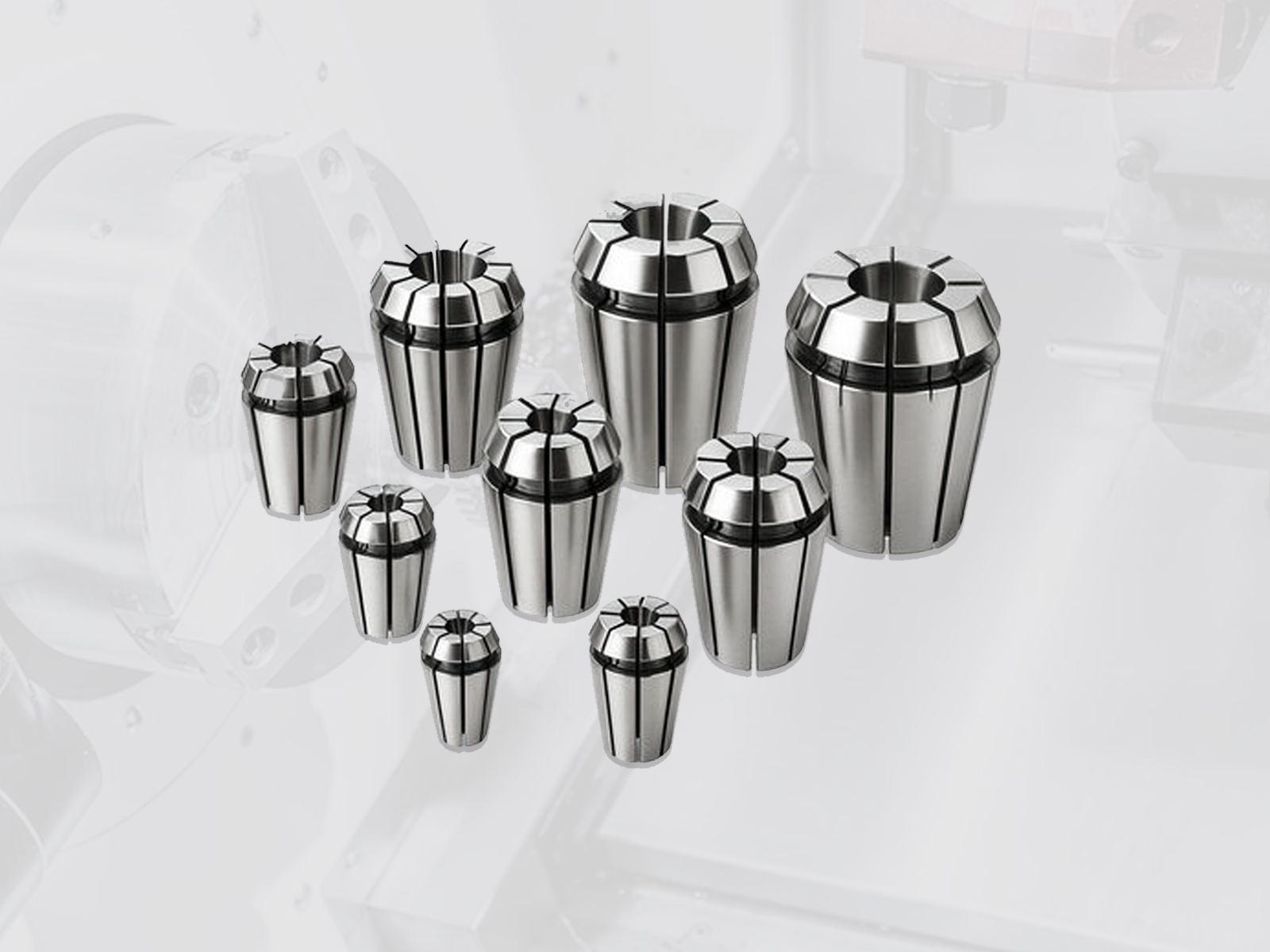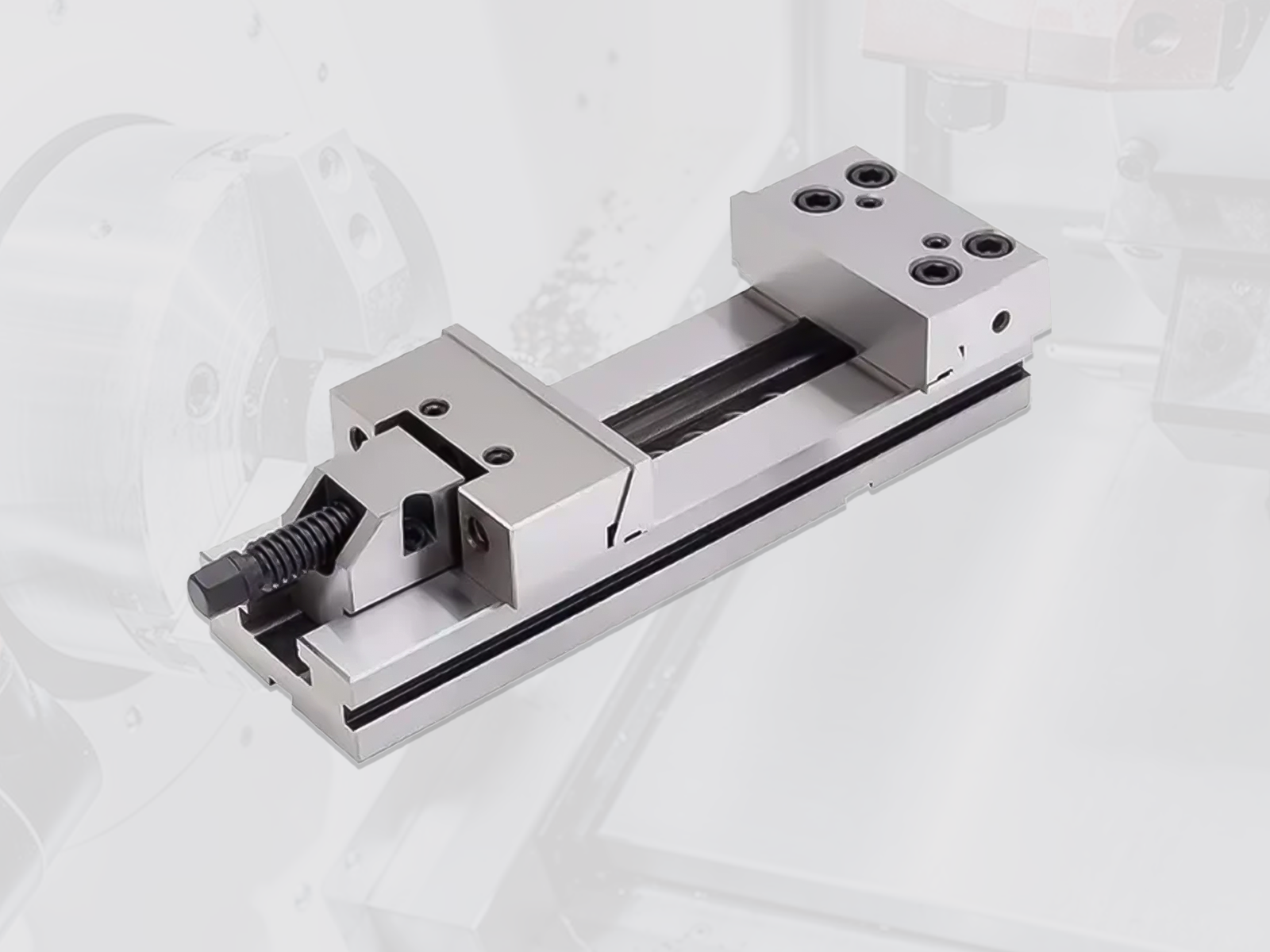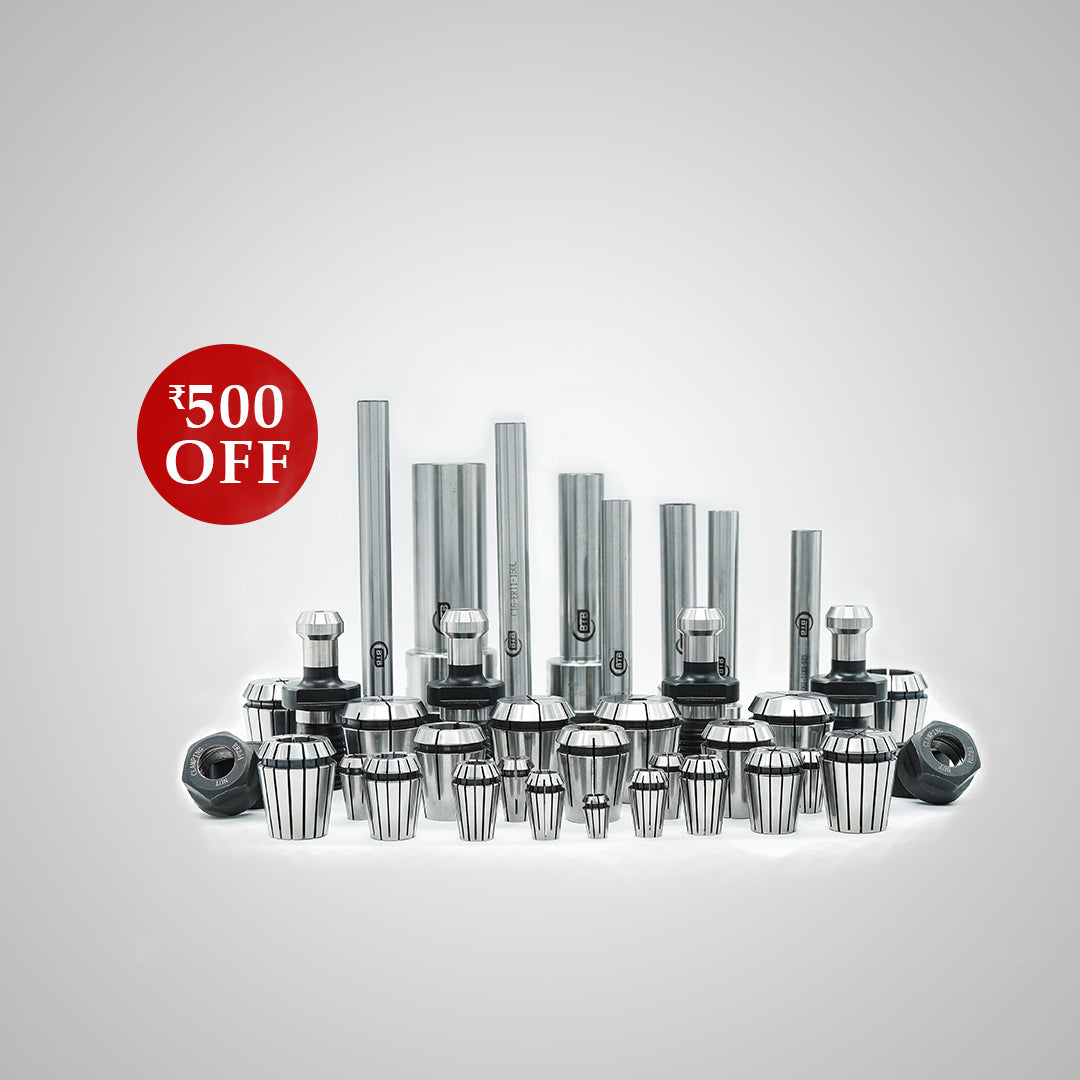HSS vs Carbide: Key Differences in Endmills, Drill Bits & Lathe Tools

Why Compare HSS and Carbide?
Your machining success starts with your tooling choice.
Whether you're just starting out in CNC machining or running an established workshop, you’ve probably faced this crucial decision: Should you choose HSS (High-Speed Steel) or Carbide tools?
Both are widely used, but they differ significantly in performance, cost, durability, and application. The wrong choice could lead to poor surface finish, frequent tool breakage, or skyrocketing costs. This comprehensive guide from Block to Box will help you understand the differences and make the right choice based on your needs.
What is HSS (High-Speed Steel)?
Composition of HSS
High-Speed Steel is a subset of tool steels with high carbon and alloy content. Common alloying elements include:
-
Carbon
-
Chromium
-
Molybdenum
-
Tungsten
-
Vanadium
-
Cobalt (in premium HSS grades)
These elements enhance hardness, wear resistance, and maintain edge sharpness at high temperatures.
Properties of HSS
-
Hardness: ~62–66 HRC
-
Toughness: Excellent, less likely to chip
-
Heat resistance: Up to 600°C
-
Easily re-sharpened
Advantages of HSS
-
Lower cost: Much cheaper than carbide
-
Tougher and less brittle
-
Easier to sharpen with standard grinders
-
Ideal for manual machining and job shops
Disadvantages of HSS
-
Wears out quickly on hard materials
-
Lower cutting speeds reduce productivity
-
Not suitable for prolonged high-speed machining
Common Applications of HSS Tools
-
Prototyping and custom parts
-
Soft metals like aluminum and mild steel
-
Low-speed machines
-
Hand drills and manual lathes
What is Carbide?
Composition of Carbide Tools
Carbide is typically a composite of:
-
Tungsten carbide (WC): Very hard ceramic
-
Cobalt: Binder that holds WC particles together
-
Optional: Titanium, niobium, or tantalum for added performance
Properties of Carbide
-
Hardness: ~75–94 HRA
-
Heat resistance: Up to 1000°C+
-
Wear resistance: Exceptional
-
Brittle under mechanical shock
Advantages of Carbide
-
High-speed cutting = more productivity
-
Longer tool life = fewer replacements
-
Excellent surface finish
-
Superior dimensional accuracy
Disadvantages of Carbide
-
Expensive (3–5x more than HSS)
-
Brittle under poor handling or vibration
-
Difficult to resharpen without special equipment
Common Applications of Carbide Tools
-
CNC production lines
-
Aerospace and automotive parts
-
Stainless steel, cast iron, titanium
-
Abrasive materials and hard metals
HSS vs Carbide: Key Differences
|
Feature |
HSS |
Carbide |
|
Hardness |
~62–66 HRC |
~75–94 HRA |
|
Cutting Speed |
Low to moderate |
High to ultra-high |
|
Heat Resistance |
Up to 600°C |
Up to 1000°C+ |
|
Tool Life |
Shorter |
2–10x longer |
|
Toughness |
High (less brittle) |
Brittle (can chip) |
|
Cost |
Low |
High |
|
Sharpening |
Easy |
Requires diamond grinding |
|
Best Use |
Manual machines, soft metals |
CNC, hard metals, high-speed cutting |

HSS vs Carbide Endmills: Which to Choose?
Performance on Hard Materials
-
Carbide endmills can cut harder materials like stainless steel and titanium without losing edge.
-
HSS endmills dull quickly under the same load.
Ideal Use Cases
-
Choose HSS: One-off projects, budget-sensitive jobs, soft metals
-
Choose Carbide: Production jobs, tight tolerances, hard-to-machine materials
HSS vs Carbide Drill Bits
Durability and Precision
Carbide drill bits maintain sharper cutting edges over more holes. They also resist heat better, which improves accuracy in CNC setups.
Usage Based on Material
-
HSS: Best for wood, plastic, aluminum, and low-carbon steel
-
Carbide: Best for hard steel, cast iron, composites, and glass-filled plastics
HSS vs Carbide Lathe Tools
Chip Removal & Surface Finish
-
Carbide inserts offer smoother finishes and consistent chip evacuation in high-speed turning.
-
HSS lathe tools are easier to custom shape and modify for specialty operations.
Productivity Differences
Carbide tools require fewer tool changes, which significantly boosts shop-floor productivity.
Which is Right for You: HSS or Carbide?
Hobbyists vs Industrial Use
-
Hobbyists/DIY: HSS is affordable, versatile, and less risky to handle.
-
Industrial/CNC Shops: Carbide maximizes uptime, performance, and surface quality.
Cost-Benefit Analysis
Carbide has a higher upfront cost but reduces:
-
Downtime
-
Tool changes
-
Scrap rate
-
HSS, on the other hand, is ideal for smaller batches, custom shapes, and non-critical jobs.
Conclusion: Choosing the Right Cutting Tool Material
Choosing between HSS and carbide depends on three major factors:
-
Material you’re cutting
-
Machine capabilities (manual vs CNC)
-
Budget and production volume
For long-term ROI and speed, carbide wins. For flexibility and affordability, HSS is your go-to.
At Block to Box, we help machinists—from beginners to manufacturers—find the perfect tooling solution. Browse our curated collection of HSS and carbide tools designed for every cutting challenge.
Is carbide heavier than HSS?
No, carbide isn’t significantly heavier than HSS in typical tool sizes. While tungsten (a primary component of carbide) is denser than iron (main component in HSS), the difference in actual tool weight is minimal due to the small dimensions. For standard endmills or lathe inserts, weight doesn’t impact performance or tool selection. What really matters is rigidity and heat resistance, where carbide clearly outperforms HSS.
What is the difference between HSS and carbide endmills?
The key difference is performance. Carbide endmills are much harder and capable of cutting at higher speeds with better finishes. They are ideal for production work and hard materials. HSS endmills, on the other hand, are softer but tougher, making them less likely to chip or break. They work well on soft materials and are cost-effective for short runs, prototyping, or manual machines. Carbide provides longer tool life but at a higher initial cost. Choosing between the two depends on your machining material, machine type, and volume of production.
Which is better, carbide or steel?
"Better" depends on context. Carbide is better for high-speed, high-precision, and hard material applications. It lasts longer and allows for faster machining. However, it is brittle and expensive. HSS (steel) is better if you're working on soft materials, doing short-run jobs, or using manual machines. It’s more affordable, easier to sharpen, and less prone to breakage under uneven loads. For hobbyists or small shops, HSS may be better suited. For large-scale production, carbide wins.
Why is carbide so expensive?
Carbide is made from rare and hard-to-process elements like tungsten and cobalt. These materials are costly to extract and refine. The manufacturing process also involves high-temperature sintering and precision grinding, increasing production costs. Additionally, carbide tools are designed to last much longer and work under extreme conditions. The high initial price is often offset by reduced tool change time, longer service life, and better machining performance, especially in CNC environments.
What is stronger than carbide?
While carbide is extremely hard, ceramic tools, cubic boron nitride (CBN), and polycrystalline diamond (PCD) are even harder. However, they are often more brittle and suited for specific applications like ultra-hard materials or non-ferrous metals. These materials are not general-purpose and require specialized handling. For most CNC and metalworking tasks, carbide strikes the best balance between hardness, wear resistance, and usability.
Are carbide tools harder to sharpen than HSS?
Yes, significantly. Carbide tools require diamond grinding wheels and precision sharpening equipment. This makes sharpening them more expensive and often impractical for small shops. In contrast, HSS tools can be easily resharpened using a bench grinder or tool and cutter grinder. If tool resharpening is part of your workflow, HSS provides a lower-cost and more accessible option.
Can carbide tools be used on all materials?
Technically yes, but it’s not always economical. While carbide can cut everything from soft plastics to hardened steel, it may not be cost-effective or efficient for softer materials. In fact, overusing carbide on soft materials can lead to chipping or breakage if not operated correctly. For non-abrasive, soft materials, HSS is often more practical and less wasteful.
When should I choose HSS over carbide?
Choose HSS when:
-
Budget is a concern
-
You’re working with soft metals
-
You need to reshape or sharpen tools frequently
-
You’re using manual machines
-
Jobs are low-volume or one-off
HSS is ideal for general-purpose machining where tool longevity and high speed are not critical. It offers excellent value and versatility.
Do carbide tools wear out faster than HSS in soft materials?
In some cases, yes. When used incorrectly on soft materials, carbide tools may chip or wear unevenly due to their brittleness. This typically happens due to improper speeds or feeds. HSS, being tougher and more forgiving, might actually last longer in these scenarios. However, if used with the right settings, carbide should still outperform HSS, even on soft metals.
Is HSS suitable for CNC machining?
Absolutely. HSS tools are widely used in CNC setups, especially for prototyping, short-run parts, or when machining soft materials. They’re cost-effective and easily resharpened, making them suitable for shops that want flexibility. However, for high-speed production, hard materials, or tight tolerances, carbide is the better option. HSS still has its place in modern CNC workflows.
Read More
-

, by Marketing Team ER Collet Guide: Sizes, Types, Applications & How They Work
-

, by Marketing Team Micrometer Guide: Types, Usage, Reading & Tips for Precision
-

, by Marketing Team CNC Fixture Design Guide | Types, Components & Tips for Machining




